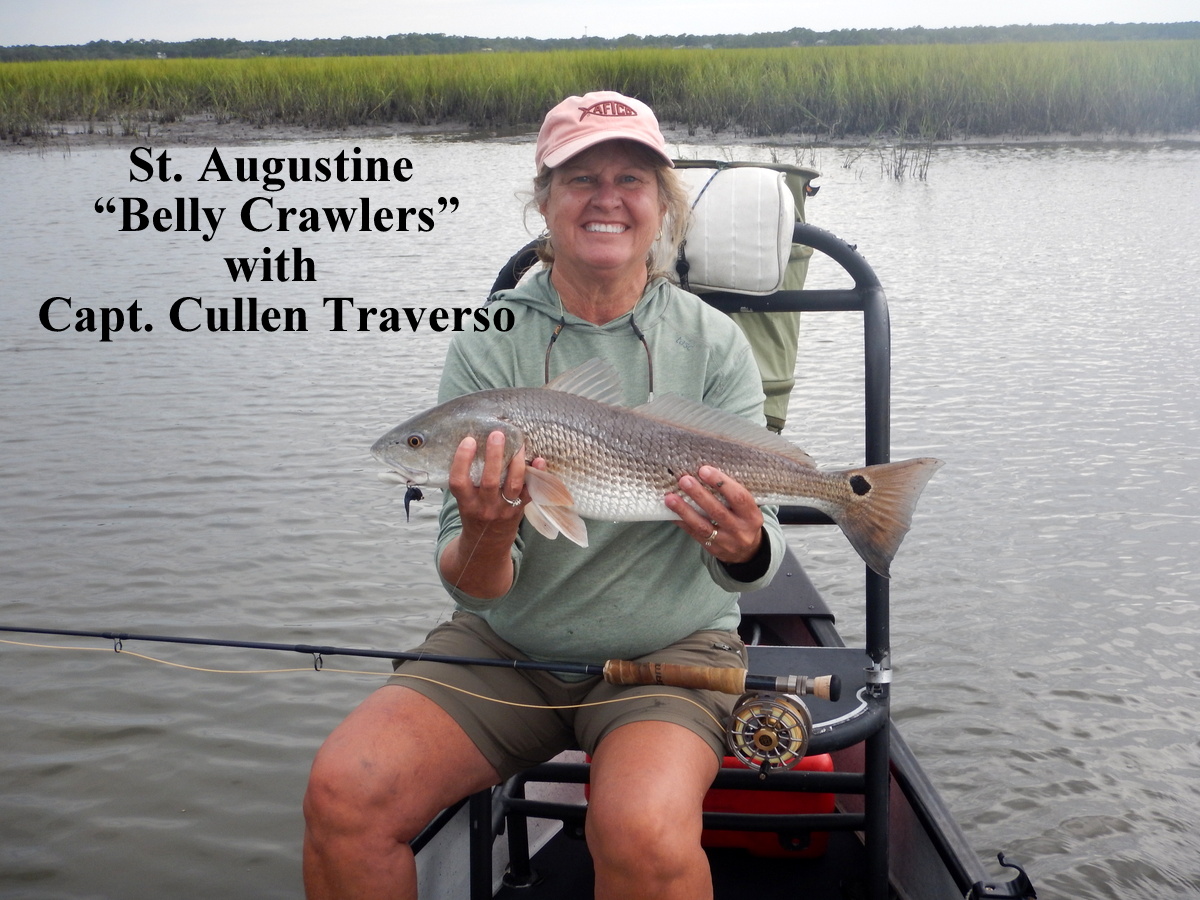This River In Central Texas Has Fishing That Can Sneak Up On You!
On The Fly Freshwater
May 2022
Article and Photos by Jimmy Jacobs
It was a very crisp morning in the early spring when the black Wooly Bugger plopped down rather gently in the crystalline current rushing over rocks into the pool below. The gin-clear flow then spread out over a gravel bottom that faded into the depths of the channel where the fly landed. After a couple of strips, the fly line jerked and came alive with the unmistakable resistance of life attached to it.
Across the pool a low, but steep bank fronted a vista of arid scrub oak and juniper, framed against the rolling terrain of the Texas Hill Country. The stream cutting through the limestone strata of this site was the South Llano River.

On The Fly South had come to South Llano River State Park near Junction, Texas in pursuit of the region’s iconic Guadalupe bass. That bass has been named Texas’ official freshwater fish and is found only here on the Edwards Plateau in the south-central portion of the Lone Star State.
The South Llano (it is pronounced like Lawno, rather than with a Spanish inflection) rises in a number of springs to the southwest of Junction and joins with the North Llano in that aptly named village to form the mainstream of the Llano River. That flow eventually empties into the Colorado River (not be confused with the river of the same name in the Grand Canyon) just northwest of Austin.

But, enough of the geography – what of that “life’ on the other end of the fly line? Retrieving the fish up onto the gravel bar, I was surprised to be looking at not a bass, but rather a rainbow trout! A bit of later research revealed that these fish had been stocked in the river from the mid-1990s up through 2004. Then after a hiatus of 13 years, the releases resumed in 2017.
The Texas Wildlife and Parks Department stocks several thousand trout in the South Llano each year in the state park and at several other locations along the river. This generally takes place in January, and provides a fishery that lasts until the waters heat up in late spring.

Because these stockers don’t have long to live in the river, larger fish are practically nonexistent. Still, the exotic location in which they are found makes for an interesting fishery. Rod set ups in the 3- to 4-weight range can make the trout in the South Llano more fun. Besides the Wooly Buggers, these trout were susceptible to virtually any nymph pattern is sizes 12 or 14.
Also, the dry, low humidity of the Hill Country makes for comfortable conditions. Well, most of the time. The few days preceding our trip to the river temperatures had been in the mid to high 70s. After we left the mercury shot up into the eighties. But when we wet-waded into the flow, our morning started off at 59 degrees, topping out at about 62.

The site of that first catch was in the pool below the culvert carrying the park’s entrance drive over the river. That pool proved to be full of rainbows. From there we moved downstream onto what could best be described as a gravel flat. Here again, we found the trout hungry and ready for a fight. The Llano through here was only 30 the 40 feet wide and both banks began to rise to 20 or more feet along the shores. This led to our exiting the river and walking downstream to the site where tubers enter the river during the summer months.


This site was at the end of a small island splitting the river and had a deep run down the middle as the stream spread out to perhaps a 100 to 120 feet wide. After a few fruitless casts to this deeper water, we decide to hike down to the lower tube take-out to again try for a Guadalupe bass. This required a 1/4-mile walk through the scrub to a long slow pool that hosts a lot of swimmers in the hot months. From this point a 1.5-mile trail continues along the stream all the way to the northern boundary of the park.

Working our way downstream, we were again striking out on finding the Guadalupes out in the current where they like to feed. Eventually we switched over to popping bugs, tossing them into some of the back eddies and lagoons formed off the river. Those casts attracted the attention of some sunfish, but also provoked some splashy rises from the river’s resident largemouth bass.

All in all, the waters of the river in South Llano State Park proved to be a good place for some late winter to early spring action for a surprising selection of fish. For the traveling fly caster, the diverse and (for most of us) exotic terrain and flora are a great bonus as well.
On your way into the park, you should stop by the park office, walk around back and spend a minute or two in the pioneer cemetery. It will adjust your attitude to the surroundings.

In addition to the fishing, tubing and swimming in the river, South Llano River State Park provides hiking, biking and interpretive trails, wildlife viewing area where Rio Grande turkeys can be seen and a full-service campground.




